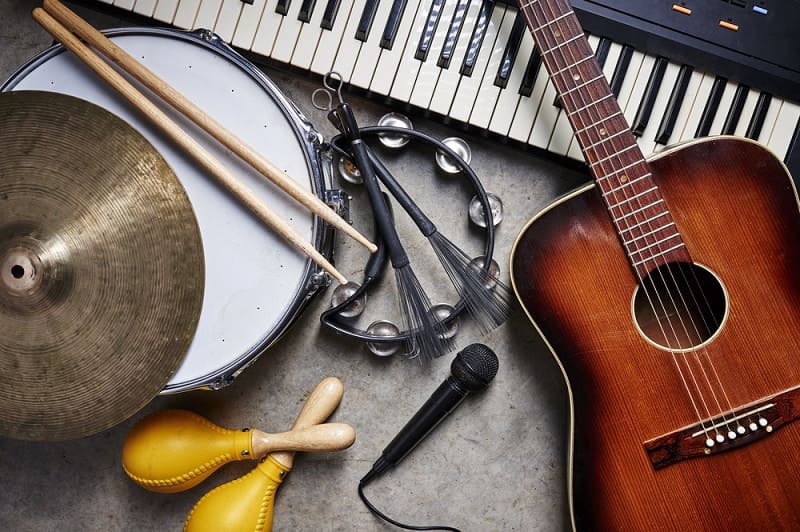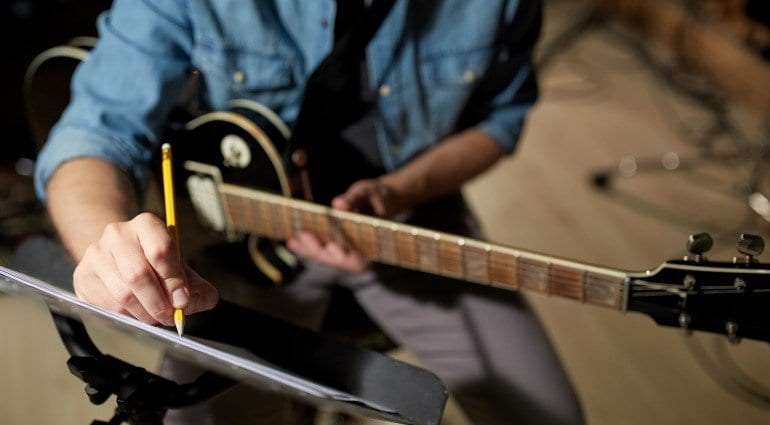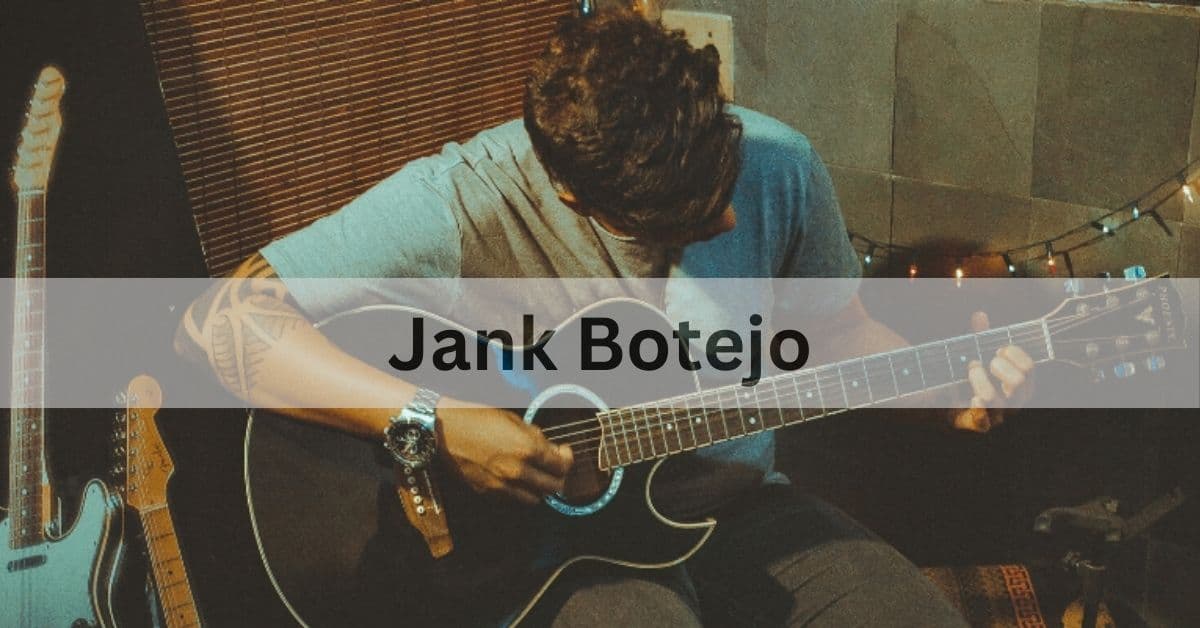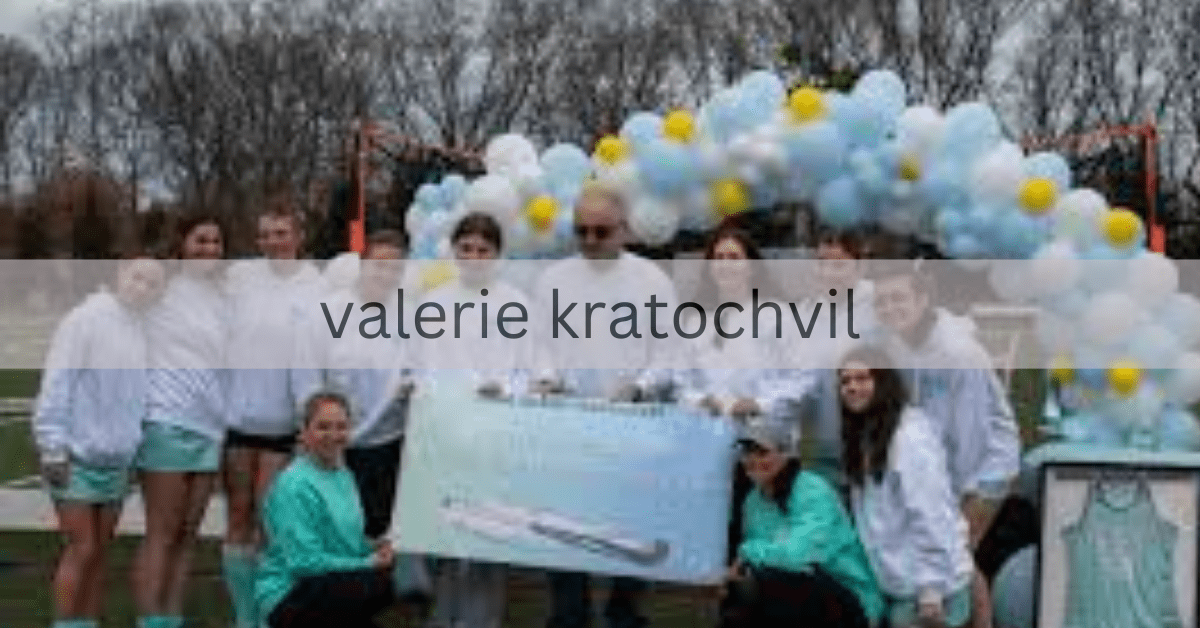In a world where traditions often fade, some cultural expressions continue to captivate hearts and minds across generations. One such gem is jank botejo, a vibrant art form that merges music, dance, and storytelling. Rooted in rich history, jank botejo not only entertains but also serves as a crucial link to the cultural identity of its communities.
What is Jank Botejo?
Defining Jank Botejo:
At the intersection of rhythm, movement, and narrative lies jank botejo—a lively and evocative form of artistic expression. The term “jank” refers to an energetic style of performance, characterized by its dynamic rhythms and spirited execution. “Botejo,” on the other hand, denotes the use of traditional instruments and rhythmic patterns that underscore the performance.

Jank botejo is more than just a performance; it is a celebration of life and community. Through its engaging blend of music and dance, it tells stories that reflect the collective experiences, joys, and struggles of its people. The art form has evolved over time, yet it retains its core essence, making each performance a unique window into the heart of the culture it represents.
Historical Roots
To fully appreciate jank botejo, one must journey back to its origins. This art form has deep roots , where it emerged as a vibrant means of preserving and conveying oral traditions. Historically, jank botejo was performed during festivals, communal gatherings, and significant life events. It provided a platform for people to share their stories, celebrate their heritage, and foster a sense of unity.
In its early days, jank botejo was often a communal activity, with entire villages coming together to participate in and enjoy the performances. Over the years, it has evolved, incorporating new influences while staying true to its traditional roots. Today, jank botejo continues to be a beloved tradition, cherished for its ability to evoke nostalgia and connect audiences with their cultural heritage.
The Elements of Jank Botejo:
Music and Instruments
Music is the core of jank botejo, setting the tone and rhythm for the entire performance. Traditional instruments play a pivotal role in creating the distinctive sound of jank botejo. Key instruments include:
- Drum: This instrument provides the primary rhythm, driving the pace of the performance. Its beats are fundamental in setting the mood and tempo of the music.
- Flute: The flute adds a melodic layer, creating harmonious and uplifting tunes that complement the rhythmic elements.
- Tambourine: Often used for its jingling sound, the tambourine enhances the rhythm and adds a vibrant texture to the music.
Dance and Movement
Dance is a crucial element of jank botejo, bringing the music to life through movement. The dance component of jank botejo is characterized by:
- Choreography: The dance movements are carefully crafted to align with the musical rhythms and thematic content of the performance. The choreography often includes both structured routines and spontaneous improvisation.
- Costumes: Dancers wear elaborate costumes that are often colorful and symbolic. These outfits enhance the visual appeal of the performance and reflect cultural motifs and traditions.
- Movements: The dance movements are expressive and narrative-driven, designed to convey the emotions and stories embedded in the music. Each gesture and step helps to narrate the performance’s story, making it more immersive for the audience.
Storytelling
Storytelling is the essence of jank botejo, weaving together music and dance to narrate compelling tales. The storytelling aspect includes:
- Narrative Themes: The stories told in jank botejo often draw from folklore, historical events, or everyday experiences. These narratives reflect the values, struggles, and triumphs of the community, making them relatable and engaging.
- Performance Structure: The narrative is integrated into both the music and dance, creating a seamless performance experience. Performers use a combination of vocal, instrumental, and physical elements to bring the story to life.
- Audience Engagement: The interactive nature of jank botejo allows the audience to connect emotionally with the story. This connection fosters a sense of shared experience and cultural identity, enriching the overall impact of the performance.
Read Also: Antioch Teacher Halloween Costume Reddit – A Deep Dive!
How Can I Experience Jank Botejo?
If you’re eager to dive into the world of jank botejo, there are several ways to experience this vibrant art form:
- Attend Local Festivals: Many communities celebrate jank botejo through festivals and cultural events. These gatherings offer an opportunity to witness live performances, participate in workshops, and engage with the artistic community.
- Join a Workshop: Participating in a jank botejo workshop can provide valuable insight into the techniques and cultural significance of the art form. Workshops often include instruction in dance and music, allowing you to gain a hands-on understanding of jank botejo.
- Support Local Artists: Seek out local performers and ensembles that specialize in jank botejo. Attending their shows not only supports their work but also helps sustain the tradition for future generations.
Actionable Insights: Engaging with Jank Botejo
Embrace the Experience
To truly appreciate jank botejo, immerse yourself fully in the experience. Approach performances with an open mind and heart, allowing the music and dance to transport you to another world. Engage with the performers and ask questions about their craft; this interaction can deepen your connection to the art form.

Explore the Cultural Context
Understanding the cultural significance of jank botejo can greatly enhance your appreciation. Research its historical roots, the stories it tells, and its role in contemporary society. This knowledge will not only enrich your experience but also empower you to share the beauty of jank botejo with others.
Get Involved
If you find yourself inspired by jank botejo, consider getting involved in your local community. Join a dance group, take music lessons, or volunteer at cultural events. Your participation helps preserve and promote this vibrant art form, ensuring that it continues to thrive for future generations.
The Future of Jank Botejo
As we look towards the future, jank botejo faces both opportunities and challenges. The globalized world presents a chance for this art form to reach new audiences, but it also requires careful preservation of its traditional elements. By supporting local artists, participating in cultural events, and fostering an appreciation for jank botejo, we can contribute to its continued success.
Innovative approaches to performance and education may also play a role in the evolution of jank botejo. Collaborations with contemporary artists and incorporation of modern technologies could introduce new dimensions to this traditional art form, while still honoring its rich heritage.
FAQs:
1. What are the main instruments used in jank botejo performances?
Jank botejo performances primarily feature traditional instruments such as drums, flutes, and tambourines. These instruments create the rhythmic and melodic foundation that drives the performance.
2. How does the dance in jank botejo complement the music?
The dance in jank botejo is meticulously choreographed to align with the rhythms and themes of the music. The movements are expressive and designed to visually represent the emotions and stories conveyed through the music.
3. What role does storytelling play in jank botejo?
Storytelling is central to jank botejo, with each performance narrating tales drawn from folklore, historical events, or communal experiences. The integration of narrative into music and dance enhances the audience’s connection to the performance.
4. How can one experience jank botejo firsthand?
You can experience jank botejo by attending local festivals, participating in workshops, or supporting performances by local artists. These opportunities provide immersive insights into the art form and its cultural significance.
5. What makes jank botejo a unique cultural expression?
Jank botejo stands out due to its blend of traditional music, dance, and storytelling, which adapts to contemporary influences while preserving its cultural roots. This dynamic combination allows it to remain a vibrant and relevant art form.
Conclusion:
Jank botejo is a vibrant and dynamic cultural expression that encapsulates the essence of music, dance, and storytelling. Its ability to blend tradition with innovation ensures that it remains a cherished and relevant art form. By engaging with jank botejo, whether through attending performances, participating in workshops, or supporting local artists, you become part of a living tradition that connects communities and preserves cultural heritage.
Read Also:



